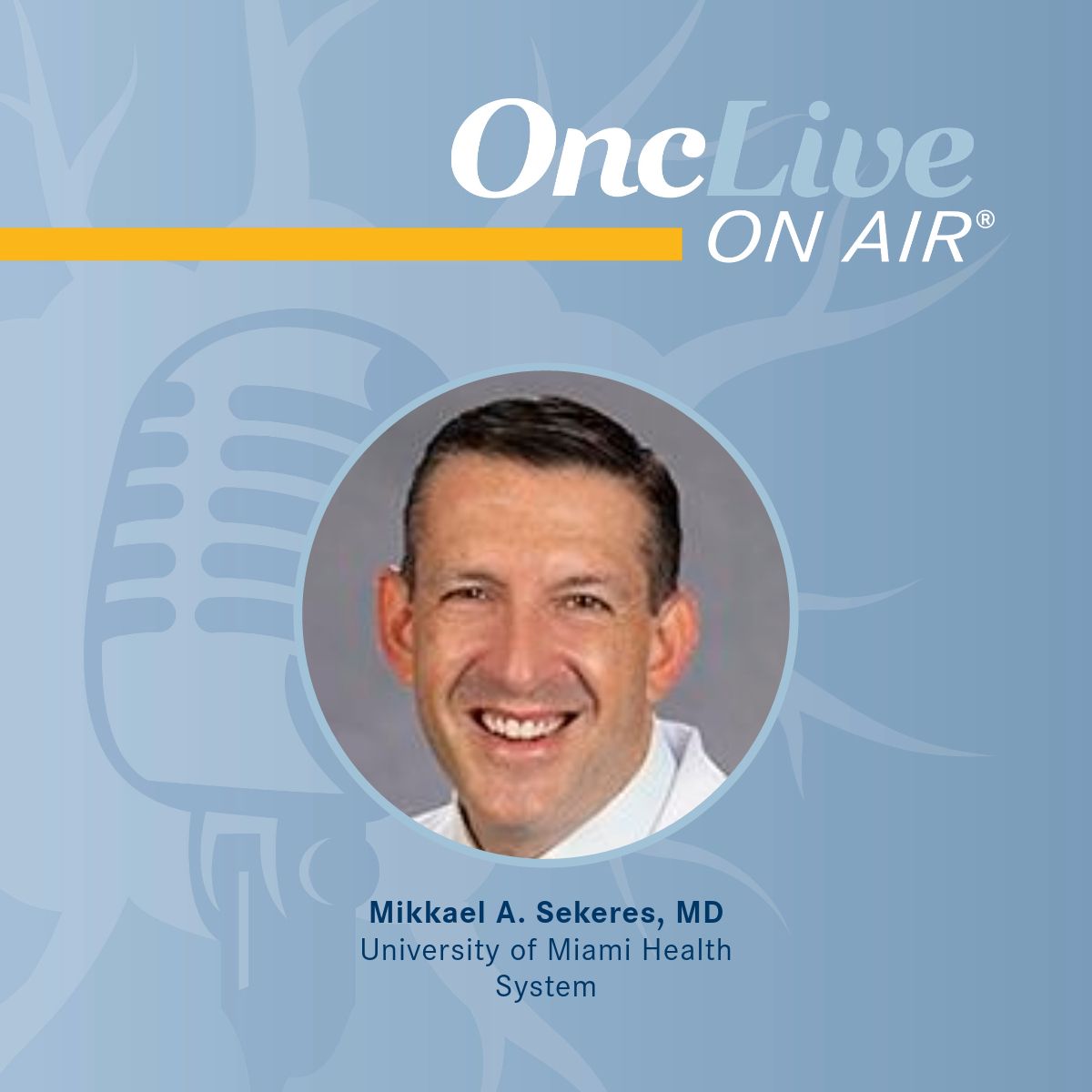Article
Adjuvant HER2+ Breast Cancer Care Evolves, But Questions Remain
Author(s):
Mohammad Jahanzeb, MD, discusses therapeutic agents that may fit into the adjuvant setting treatment paradigm for HER2-positive breast cancer, the increasing importance of genomic testing, and individualized treatments as multiple agents emerge.
Mohammad Jahanzeb, MD
Therapeutic options continue to expand for adjuvant HER2-positive breast cancer treatment, but the question of which treatments will emerge as standards of care remain unanswered.
Neratinib, when administered following adjuvant trastuzumab (Herceptin) plus chemotherapy, resulted in a 33% reduction in the risk of disease recurrence in patients with early-stage, HER2-positive breast cancer. However, the benefit came with significant toxicities, as the rate of all-grade diarrhea for patients treated with neratinib was 95.4%.
The phase III APHINITY trial will test whether the combination of pertuzumab (Perjeta) plus trastuzumab and chemotherapy, a regiment that is approved by the FDA for neoadjuvant therapy, will improve invasive disease-free survival in the adjuvant setting. Results of this pivotal trial are highly anticipated.
Antibody-drug conjugates, such as ado-trastuzumab emtansine (T-DM1; Kadcyla), also potentially offer increased efficacy and reduced toxicity in the adjuvant setting. The phase II ADAPT trial demonstrated that the agent is active in the neoadjuvant setting; however, it is uncertain what role T-DM1 will play in the adjuvant setting.
OncLive: How does neratinib fit into the adjuvant setting?
To gain insight into how these agents may fit into the adjuvant setting treatment paradigm going forward, OncLive spoke with Mohammad Jahanzeb, MD, medical director of Sylvester Comprehensive Cancer Center. In his interview, Jahanzeb also discusses the increasing importance of genomic testing and individualized treatments as multiple agents emerge.Dr Jahanzeb: It will have a role to play. Its biggest drawback is diarrhea, which requires pretty aggressive management. On the other hand, oncologists are getting better and better at managing diarrhea because many small molecule tyrosine-kinase inhibitors (TKIs) share that side effect.
What impact could the APHINITY trial have?
There is still room to improve outcomes of HER2-postive patients in the adjuvant setting. Longer duration has not proven to be beneficial.If people are given the choice of the APHINITY regimen versus neratinib, people are going to use the APHINITY regimen. Really, the question is, “Is there room for triple blockade? Should that be added to dual HER2-blockade?” That is a question for the future.
In the adjuvant setting, what considerations need to be made regarding balancing toxicity management and efficacy?
What are the biggest challenges that remain in adjuvant treatment of HER2-positive breast cancer?
What is on the horizon for adjuvant treatment of HER2-positive breast cancer?
If the CLEOPATRA trial in the metastatic setting is any indication, there is a good chance that the APHINITY trial will be positive. However, the events are happening at a slow rate and will take longer to mature than initially thought. If it shows that there is a clear-cut improvement in disease-free survival, then pertuzumab will become the standard of care. On the other hand, people are not actually waiting for the APHINITY trial results to use pertuzumab, because the NCCN guidelines allow it. Once the efficacy is as good as it gets in a specific subtype, once you get in the 98% disease-free survival range and there is not much room left to improve it further, we can then focus on decreasing toxicity. There are two sides of every coin with treatment—efficacy and toxicity. For example, if 12 doses of paclitaxel cure almost everyone, you would still want to use it sparingly and try and use something else, because of the hair loss that is associated with paclitaxel. T-DM1 is an attempt to maintain the efficacy at that level. We have indirect evidence that T-DM1 is as good as or is more effective than chemotherapy, and much less toxic. It does not cause hair loss. Therefore, we would want to use such a drug. No matter which way we look at it, our therapies only work for a subset of patients. If we can find ways to predict ahead of time who is and who is not going to respond, we could save a lot of unnecessary toxicity to patients. Studying the mechanisms of resistance and individualizing and personalizing patients with genomic testing of the tumor has to be the way to go. A lot of progress is being made in that direction but, for example, breast cancer is behind lung cancer, in terms of this. In lung cancer, there are five FDA-approved drugs based on the profile of the tumor and many others that are not yet approved but show potential and are approved for other indications. Similarly, in HER2-positve breast cancer, if we could do genomic testing and find subsets of patients who will benefit from therapy A, B, or C, we could truly increase the efficacy in these patients. Whatever is around the corner will be in the metastatic setting first, before it comes to the adjuvant setting. However, in terms of adjuvant therapy, we will see dual antibody treatment and dual blockade treatment become standard. If the results from BOLERO-1 and BOLERO-3, which were in the metastatic setting, are considered solid and reproducible, then there will be subsets of patients who could have everolimus added to their anti-HER2 therapy.









